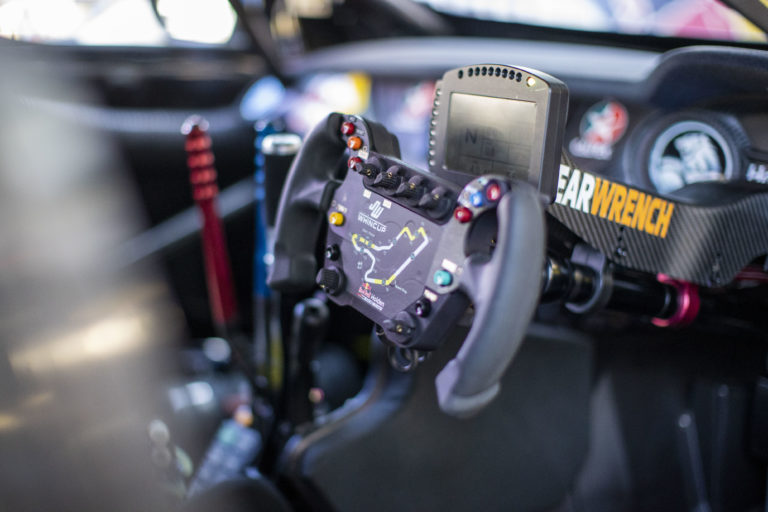Here at the Red Bull Holden Racing Team, we like to tackle the wheely big issues.
After we asked Jamie ‘JDub’ Whincup to step in front of a camera and explain the difference between the standard Supercars steering wheel and his preferred ‘GT style’ wheel, we thought we’d dig a bit deeper and discover what it takes to design, build and test one of the most important components of our supercars.
A racing car steering wheel is an assembly that typically includes three parts: an armature and grip (rim), or the part that the driver holds to steer the car (this is typically made from a strong aircraft grade aluminium); the hub and quick-release mechanism, which connects the armature to the steering column; and various switchgear and lights that are mounted to the armature or hub and allow the driver to exert control and receive information about the state of the car.
The team collaborated with partners HP 3D Printing and EVOK3D to produce three main pieces for the race car steering wheel: a two-part mould to form the soft polyurethane exterior that wraps around and cushions the steering wheel; lightweight cores that sandwich the armature plate and form the bulk of the steering wheel rim; and the housing for the mounting of switchgear and lights to the hub.
Having played a significant role in the design and execution of JDub’s GT-style steering wheel, we caught up with #88 race engineer Dave Cauchi to explain the finer details of the entire process.
“A lot of time was spent optimising the grip shape of the steering wheel. This involved 3D printing the grips, getting the drivers to hold them, and then optimising the surfaces until we achieved the ergonomic and comfortable grip for the driver,” Cauchi explained.
“Next we worked on the material the grip was manufactured from. This involved finding the right mix of material stiffness and thickness which is a compromise between feel/feedback and comfort.
“The buttons and dials were then positioned around the grips to minimise movement of the driver’s hands/fingers for the most commonly used buttons and dials. The dial knobs are plastic printed, and all of the electronics are housed in plastic parts printed by EVOK3D.”

Driver comfort and switch accessibility is paramount when designing and building a supercar steering wheel, which were primary factors throughout this process, explained Cauchi.
“The grips have been designed to suit the driver’s natural hand grip in order to maximise comfort and give the best feel for the car.
“The buttons have been placed so that the driver can reach them without removing his hand from the grips, ensuring he can focus on controlling the car as much as possible.
“The bottom of the steering wheel has been removed to save weight and aid driver changes at endurance races.”

Having developed a prototype JDub was comfortable with, the team then set out to test whether his new generation steering wheel could handle the harsh elements inside the #88.
“We did a number of tests at the Triple Eight workshop with 3D printed steering wheels. Once the basic layout and shape was decided we made several prototype versions of the steering wheel so we could prove the manufacturing process and decide final material spec for the grips.
“The first on track test was carried out at Sandown 2019 in Practice 1 and 2 where both Jamie and Craig used the wheel. As the GT steering wheel was significantly different to the standard wheel, we decided to not use it for the remainder of the 2019 season and it was next used at the first test at Tailem Bend in 2020. The GT steering wheel has since been used at Adelaide and AGP in car 88,” Cauchi said.
If you thought you had to wait until the Supercars Championship commences again to see JDub’s GT steering wheel in action, think again! He’s ripped it out of #88 and attached it to his new Omen Super-sim as part of the Supercars All Stars Eseries. All the action is live streamed on the Red Bull Holden Racing Team’s Facebook page every Wednesday night from 7:00pm AEST, as well as broadcast on Fox Sports 506, Kayo and Sky Sports NZ from 6:00pm AEST.
For more information on EVOK3D, visit their website, LinkedIn, Facebook, Twitter or YouTube pages.























